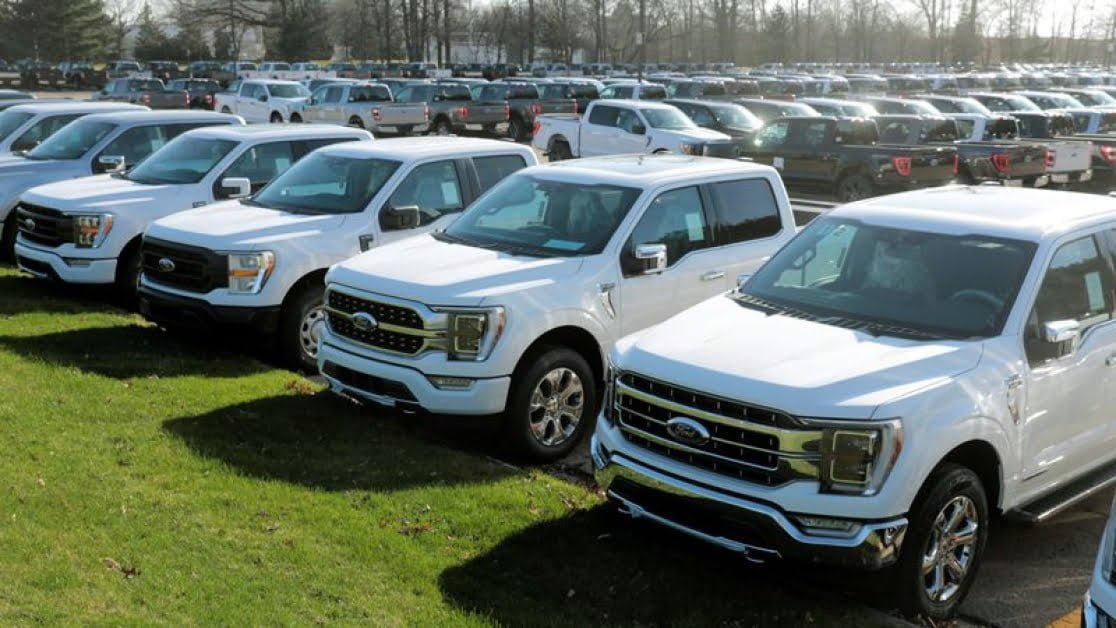The recent announcement by the United States government regarding new regulations requiring higher fuel efficiency standards for trucks and SUVs is a significant development in response to growing concerns about environmental impact and the need to reduce greenhouse gas emissions in the automotive industry. While the standards are not as stringent as originally proposed, they still mark a notable step toward a more sustainable future. This article will delve into the implications of these regulations for consumers and automakers.
The finalized regulations by President Joe Biden’s administration have set out new Corporate Average Fuel Economy (CAFE) standards that aim to achieve approximately 50.4 miles per gallon by 2031, up from the current 39.1 mpg. This adjustment is a compromise from the initially proposed 58 mpg by 2032, reflecting a more realistic approach that takes into account the challenges faced by automakers in transitioning to more efficient vehicles.
One of the key reasons behind the revised standards is the acknowledgment by automakers that it would not be feasible to abruptly shift from producing gasoline-inefficient vehicles to electric ones. The new regulations aim to strike a balance between environmental considerations and the practical constraints faced by the industry, ultimately aiming to reduce compliance penalties and avoid significantly increasing vehicle costs.
While environmental groups have criticized the perceived leniency of the new regulations, automakers have welcomed the decision, highlighting the potential cost savings and reduced financial burden compared to the initial proposals. President Biden’s administration is navigating a delicate balance between promoting electric vehicles and stricter regulations while also garnering support from autoworkers and their unions, especially in light of the upcoming elections in November.
The revised regulations propose a 2% annual increase in fuel economy requirements for passenger vehicles and a 4% increase for light trucks from 2027 to 2032. However, there will be no increase for light trucks in 2027 and 2028, with a gradual transition to a 2% increase in subsequent years. The aim is to achieve a total savings of $14 billion in projected fines over a five-year period, with automakers collectively facing fines amounting to $1.83 billion from 2027 to 2031.
Additionally, the regulations include provisions for heavy-duty pickup trucks and vans, with plans to increase fuel efficiency by 10% annually from 2030 to 2032 and 8% annually from 2033 to 2035. This demonstrates a comprehensive approach by the government to address fuel efficiency across different vehicle categories, contributing to a more sustainable automotive industry.
the new regulations regarding fuel efficiency standards for trucks and SUVs represent a significant step towards a more sustainable future for the automotive industry. By balancing environmental considerations with practical constraints faced by automakers, these regulations aim to pave the way for a more efficient and environmentally friendly fleet of vehicles.


